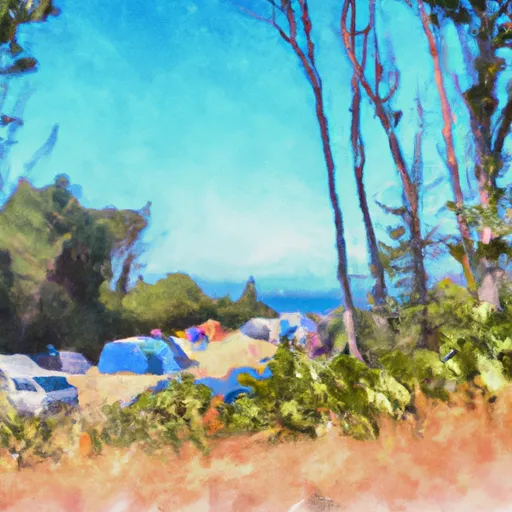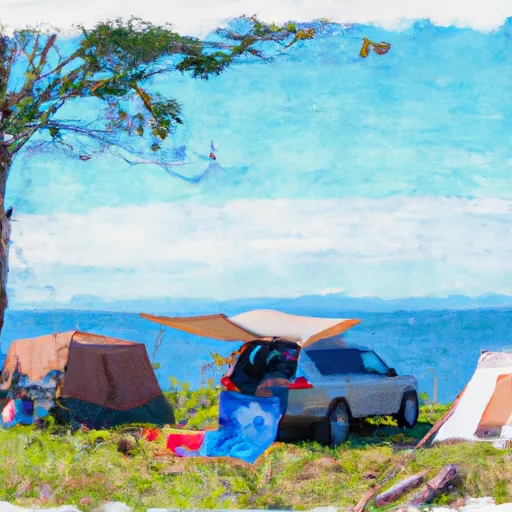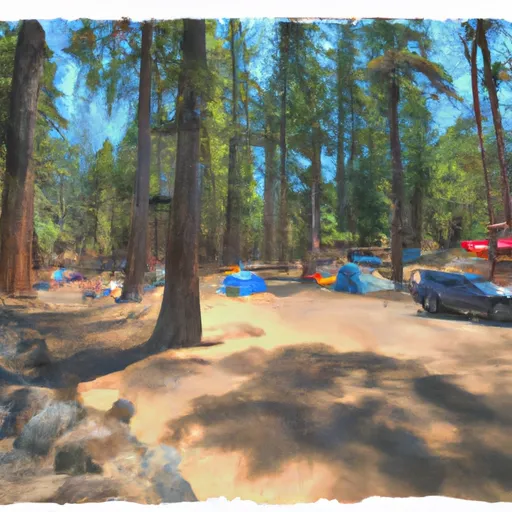Turn Island State Park
Rate this placeLast Updated: January 2, 2026
Turn Island State Park is a picturesque state park located in the state of Washington, offering visitors a tranquil escape surrounded by natural beauty and abundant wildlife.
°F
°F
mph
Wind
%
Humidity
Summary
Here is a summary of the park, including reasons to visit, points of interest, interesting facts, and the best time of year to plan a visit.
Reasons to Visit:
1. Scenic Beauty: Turn Island State Park is known for its stunning coastal scenery, offering breathtaking views of the surrounding waters and nearby islands.
2. Peaceful Atmosphere: The park provides a serene and peaceful environment, making it an ideal destination for relaxation, picnicking, and nature appreciation.
3. Wildlife Watching: Visitors have the opportunity to observe a variety of wildlife, including seals, sea lions, eagles, and various marine birds.
4. Water-Based Activities: The park offers excellent opportunities for boating, fishing, kayaking, and stand-up paddleboarding, allowing visitors to explore the surrounding waters and nearby islands.
5. Camping: Turn Island State Park provides a primitive camping area, perfect for those seeking a rustic overnight experience.
Points of Interest:
1. Turn Island: The main attraction of the park is Turn Island itself, which visitors can explore by hiking along the island's trails or by circumnavigating it in a kayak or boat.
2. Marine Life: The surrounding waters are teeming with marine life, making it a popular spot for scuba diving and snorkeling enthusiasts.
3. Birdwatching: The park is a haven for birdwatchers, with a wide range of seabirds, shorebirds, and raptors frequently spotted in the area.
Interesting Facts:
1. Turn Island is part of the San Juan Islands chain, a renowned destination for its natural beauty and abundant wildlife.
2. The park is accessible only by boat or kayak, adding to its secluded and peaceful atmosphere.
3. Turn Island was once used as a seasonal camping and fishing spot by the indigenous Coast Salish peoples.
Best Time to Visit:
The best time to visit Turn Island State Park is during the summer months, from June to September, when the weather is generally mild, and wildlife activity is at its peak. However, the park can also be enjoyed during spring and fall, as long as visitors are prepared for cooler temperatures and potentially less ideal weather conditions.
Note: It is always recommended to verify this information through multiple independent sources as details may change over time.
Weather Forecast
Park & Land Designation Reference
Large protected natural areas managed by the federal government to preserve significant landscapes, ecosystems, and cultural resources; recreation is allowed but conservation is the priority.
State Park
Public natural or recreational areas managed by a state government, typically smaller than national parks and focused on regional natural features, recreation, and education.
Local Park
Community-level parks managed by cities or counties, emphasizing recreation, playgrounds, sports, and green space close to populated areas.
Wilderness Area
The highest level of land protection in the U.S.; designated areas where nature is left essentially untouched, with no roads, structures, or motorized access permitted.
National Recreation Area
Areas set aside primarily for outdoor recreation (boating, hiking, fishing), often around reservoirs, rivers, or scenic landscapes; may allow more development.
National Conservation Area (BLM)
BLM-managed areas with special ecological, cultural, or scientific value; more protection than typical BLM land but less strict than Wilderness Areas.
State Forest
State-managed forests focused on habitat, watershed, recreation, and sustainable timber harvest.
National Forest
Federally managed lands focused on multiple use—recreation, wildlife habitat, watershed protection, and resource extraction (like timber)—unlike the stricter protections of national parks.
Wilderness
A protected area set aside to conserve specific resources—such as wildlife, habitats, or scientific features—with regulations varying widely depending on the managing agency and purpose.
Bureau of Land Management (BLM) Land
Vast federal lands managed for mixed use—recreation, grazing, mining, conservation—with fewer restrictions than national parks or forests.
Related References
Area Campgrounds
| Location | Reservations | Toilets |
|---|---|---|
 Spencer Spit State Park Campground
Spencer Spit State Park Campground
|
||
 Cascadia Marine Trail Campsite
Cascadia Marine Trail Campsite
|
||
 Moran State Park Campground
Moran State Park Campground
|

 Shaw Island County Park
Shaw Island County Park
 Odlin County Park
Odlin County Park
 Blind Island State Park
Blind Island State Park
 Spencer Spit State Park
Spencer Spit State Park
 San Juan Island National Historical Park
San Juan Island National Historical Park